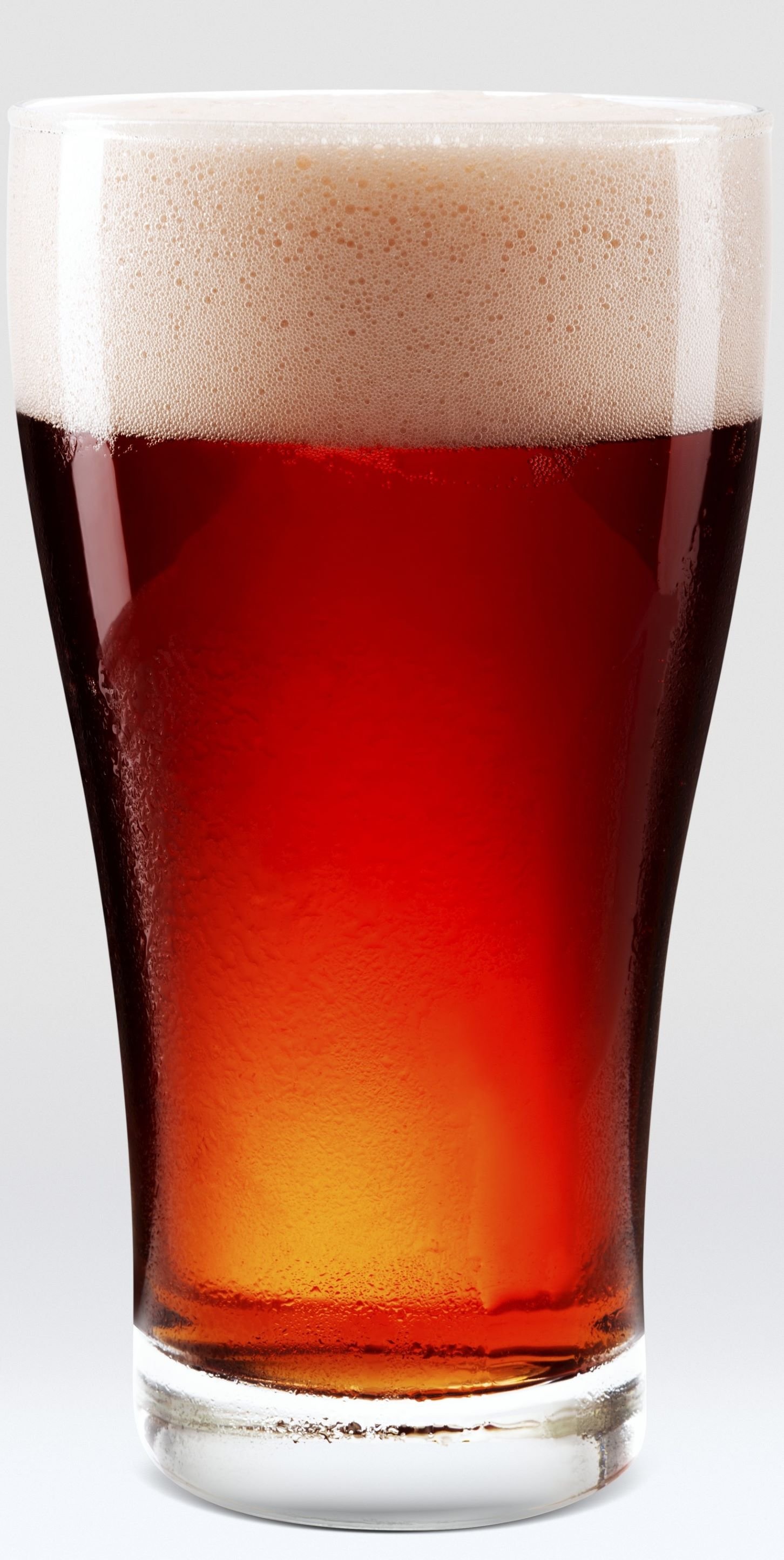The Enduring Power of the Perfect Pale Ale
When the game changed
Modern American craft brewing is currently a rainbow of styles, spanning the entire color spectrum. Every beer a dedicated drinker could ever want is being made somewhere in this great and vast land. Once upon a time however, it was less a rainbow and more an oil slick in a parking lot puddle. The dream was there, but consumers weren’t buying it. Anchor Steam endured, but as a marginal, regional legacy brewery. New Albion died in the cradle. Boston Beer and the sadly deceased Pete’s Wicked Ale piqued the public interest, and both inspired admiration, but neither necessarily inspired fanaticism. Then the game changed, and for the bitter.
Behold the King
The original
Enter Sierra Nevada Pale Ale. This dark golden/light amber elixir, hopped to the gills (by the standards of the time) with that newfangled Cascade hop, changed the entire American beer industry. IPA rules the day now, but American style Pale Ale was a sensation, and changed the trajectory of American beer. Sierra Nevada Pale Ale should be rightly lauded as a historically important beer and is generally considered as such for its explosive hop character. What usually gets overlooked in this equation, however, is the importance of the malt bill.
They just give this stuff away for free?
Sierra Nevada famously posts the recipe on their website (https://sierranevada.com/blog/pale-ale-homebrew-recipe/), and it is something that every American brewer should probably have memorized, like the pledge of allegiance. The “other” ingredients are well known – Chico yeast which is now used coast to coast, and West Coast Cascade hops for their piney and bitter character. So what malts are used and what are they contributing to the equation?
K.I.S.S.
Sierra Nevada Pale Ale is a beauty of malt simplicity, as it only uses two malts, and uses them perfectly. Two row pale malt comprises 92% of the recipe and is where the majority of the character is coming from. The North American Two row pale (https://www.prairiemalt.com/products/prairie-malt-two-row-pale) gives the beer its fermentable sugars and drinkability, fermenting out nice and clean, and providing a clean canvas for the hop and yeast character.
Caramel 60 malt (i.e. 60 Lovibond) comprises the remaining 8% of the malt bill. The Caramel 60 (https://www.prairiemalt.com/products/prairie-malt-caramel-60) is crucial to the balance of the beer, as it’s warm and luscious caramel flavors help balance out the intense piney and citrus bitterness that the Cascade hops bring to the table. Between the Pale malt, C60, citrusy/spicy Cascade and clean Chico yeast, it is a symphony that builds to beautiful harmony in the glass. All the ingredients are needed to balance each other, and without this balance the beer simply does not sing.
Ahh, those mountains
How do we complicate this?
While it is faintly ludicrous to try and narrow down a specific season that is best for Pale Ale, it is during Fall that American Pale Ale arguably shines the brightest. The warming caramel malt is just right for hoodie weather, and there is arguably no better beer to drink while sitting around a campfire on an Autumn evening. A bucket of fried chicken to pair with the beer doesn’t hurt either, as the piney bitterness of the beer cuts through the fat of the fry, while the caramel malt finds complementary character from the same.
Five to Try
While the original is arguably still the best, nearly every craft brewery in America makes American style Pale Ale today. Here are five to try, Midwest-focused, and starting with the king:
Sierra Nevada - Pale Ale: The original, and still sensational. One of the other defining characteristics of this beer is that every bottle and can is naturally carbonated, i.e. the beer is carbonated by live yeast still finishing out fermentation. This bottle conditioning is a massive technical accomplishment on the part of the brewery, and yields a fine, dense, and superior creamy head because of this method of carbonation.
Oskar Blues - Dale’s Pale Ale: The first craft beer to go in cans, and still a go-to option today. On the high side for ABV at 6.5%, this classic still delivers the same clean bitterness and pleasant caramel that it always has. A top option for camping weekends and drinking while floating down a river in a canoe.
Half Acre - Daisy Cutter: The standard for the Midwest, Half Acre brewery has been making this beer nearly since their inception. One of the more firmly bitter options in the category, it is unchanged and still unapologetically bitter. A banger with a Chicago style hot dog or tamales.
Alpha King – Three Floyd’s: a shocker for the intensity of its flavor when originally launched, and still one of the more brazen beers to be found and had today. While Zombie Dust is the hot seller now for its Citra hop driven flavor profile, Alpha King sticks to the classic Sierra Nevada template of citrus and pine, just MORE.
Sweetwater – 420 Extra Pale Ale: One of the more notably dank beers to be found, Sweetwater absolutely pushed the pot-influenced character of this beer to the limit. While they now have their 420 strain series, which outright uses terpenes in the recipe formulation, this is a terrific example of how hop character can be pushed to new and unexpected places.














